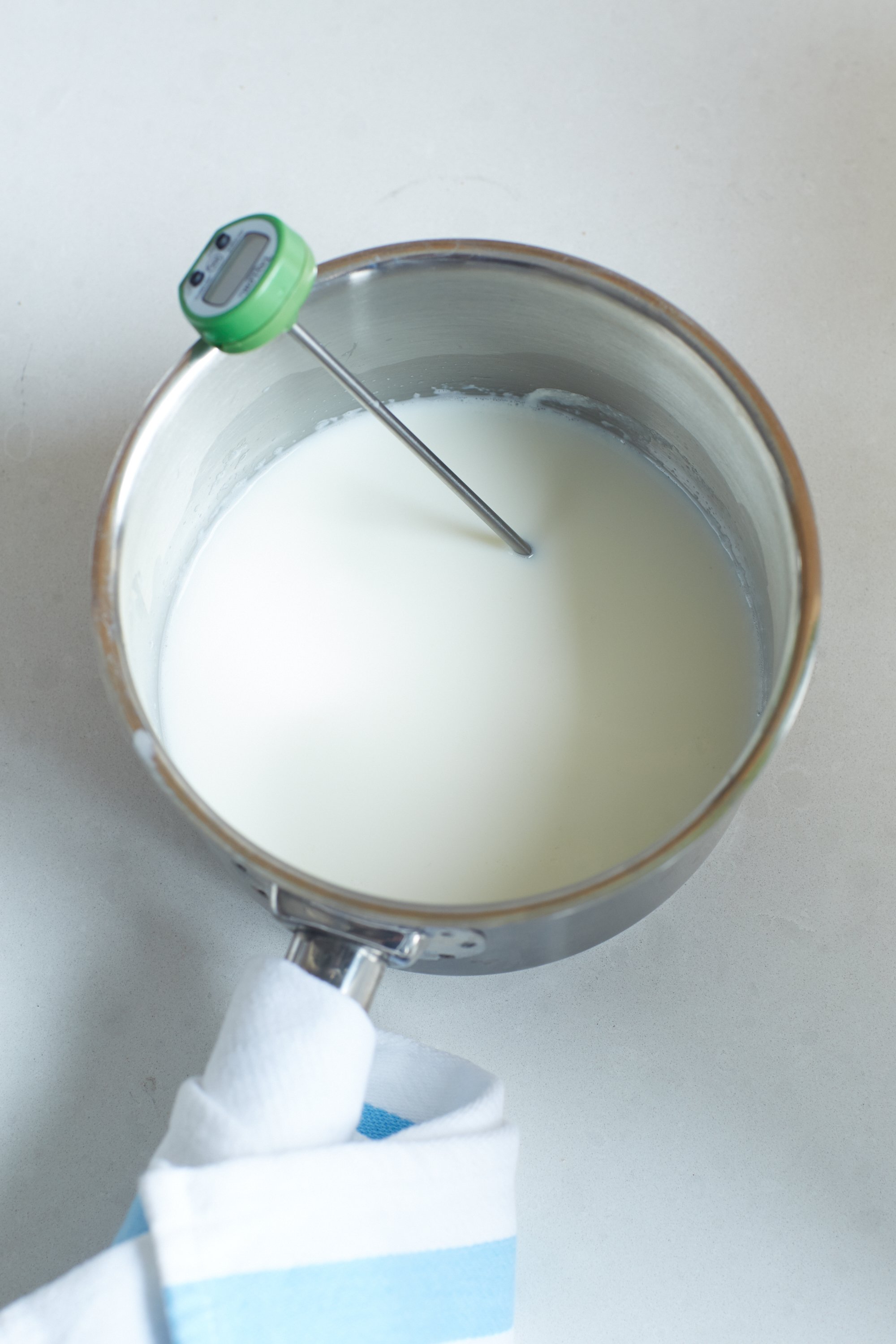Exploring the Benefits of Scalding Milk: Why It's a Culinary Essential
If you've ever wondered why some recipes call for scalding milk, you're not alone. Scalding milk has been a culinary technique used for centuries, and while it may seem like an extra step, it serves several important purposes in cooking and baking. Let's delve into the reasons why scalding milk is a valuable practice in the kitchen.
What is Scalding Milk?
Scalding milk involves heating it to just below the boiling point, typically around 180°F (82°C). This process is done slowly over low to medium heat, stirring constantly to prevent scorching. Once the milk reaches the desired temperature, it's immediately removed from the heat source.

why do you scald milk
Why Scald Milk?
1. Sterilization:
- In the past, scalding milk was primarily done to kill any potentially harmful bacteria present in raw milk. While modern pasteurization methods have made this less necessary for commercially available milk, scalding can still be beneficial for recipes using raw or unpasteurized milk.
2. Flavor Enhancement:
- Scalding milk can enhance its flavor by breaking down certain proteins and enzymes that can cause off-flavors or bitterness. This can result in a smoother, creamier taste in recipes like custards, puddings, and sauces.
3. Texture Improvement:
- When milk is scalded, it alters the protein structure, leading to improved texture and consistency in baked goods. This is particularly noticeable in recipes like bread, cakes, and cookies, where scalded milk can contribute to a softer, more tender crumb.
4. Activating Ingredients:
- Some recipes, especially those involving yeast or gelatin, require scalded milk to activate specific ingredients. For example, scalded milk can help activate the yeast in bread dough, leading to better rise and texture.
5. Emulsification:
- Scalded milk can aid in emulsifying fats and liquids, resulting in smoother and more cohesive mixtures in recipes such as custards, ice creams, and sauces.

why do you scald milk
How to Scald Milk:
-
Choose the Right Pot: Use a heavy-bottomed saucepan to prevent scorching.
-
Heat Slowly: Place the milk over low to medium heat and heat it gradually, stirring constantly.
-
Watch Closely: Keep a close eye on the milk to prevent it from boiling over. Once you start to see steam rising and tiny bubbles forming around the edges, remove it from the heat.
-
Cool Before Using: Allow the scalded milk to cool slightly before incorporating it into your recipe as directed.
Conclusion:
While scalding milk may seem like an outdated practice, its benefits in cooking and baking are undeniable. From enhancing flavor and texture to ensuring food safety and activating key ingredients, scalded milk plays a vital role in countless recipes. So next time you're in the kitchen, consider giving this age-old technique a try and experience the difference it can make in your culinary creations.